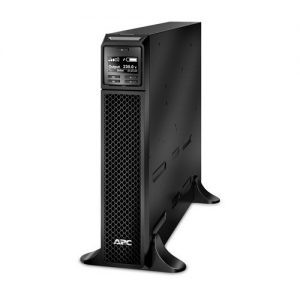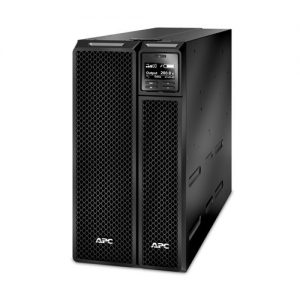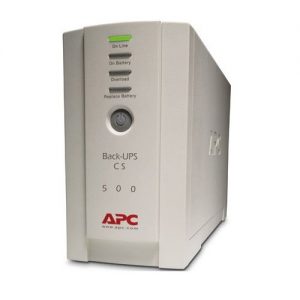A voltage fluctuation is a regular change in voltage that happen when devices or equipment requiring a higher load are used. The effects of a voltage fluctuation are similar to the effects of an undervoltage. It causes lights to flicker or glow brighter. Display screen may flicker as well. There are also some instances when electronic equipment, such as a computer, will fail to start up. In addition, voltage fluctuations can cause computer systems to lose data, while televisions or radios may experience interference. This power problem can have a significant effect on the lifespan of incandescent bulbs, since they are designed for a specific voltage.
 Rural areas may experience dramatic voltage fluctuations due to the long power lines. These power lines can cause voltage to go down when power usage in the area is high. When arc furnaces, arc welding equipment or even elevators are used, they normally cause the voltage of a power distribution system to fluctuate. This situation is similar to using a shower in the second floor bathroom of a house. When someone turns on the faucet in the laundry room on the first floor, the second floor shower may run out of water.
Rural areas may experience dramatic voltage fluctuations due to the long power lines. These power lines can cause voltage to go down when power usage in the area is high. When arc furnaces, arc welding equipment or even elevators are used, they normally cause the voltage of a power distribution system to fluctuate. This situation is similar to using a shower in the second floor bathroom of a house. When someone turns on the faucet in the laundry room on the first floor, the second floor shower may run out of water.
Voltage fluctuations can be managed through the use of a voltage regulator. An uninterruptible power supply (UPS) system or power line conditioning devices can also be used in reducing the effects of this common power problem. Another way to deal with voltage fluctuations is by simply removing equipment or devices causing it from the power supply system.
References:
http://northpower.com/network/services/voltage-fluctuations
http://www.apcmedia.com/salestools/VAVR-5WKLPK/VAVR-5WKLPK_R1_EN.pdf?sdirect=true
http://www.on365.co.uk/Power__and__Cooling/Most_Common_Power_Problems.aspx
https://www.linkedin.com/pulse/6-common-power-problems-ted-ochieng-otieno-cem-?forceNoSplash=true
http://electrical-engineering-portal.com/9-most-common-power-quality-problems


